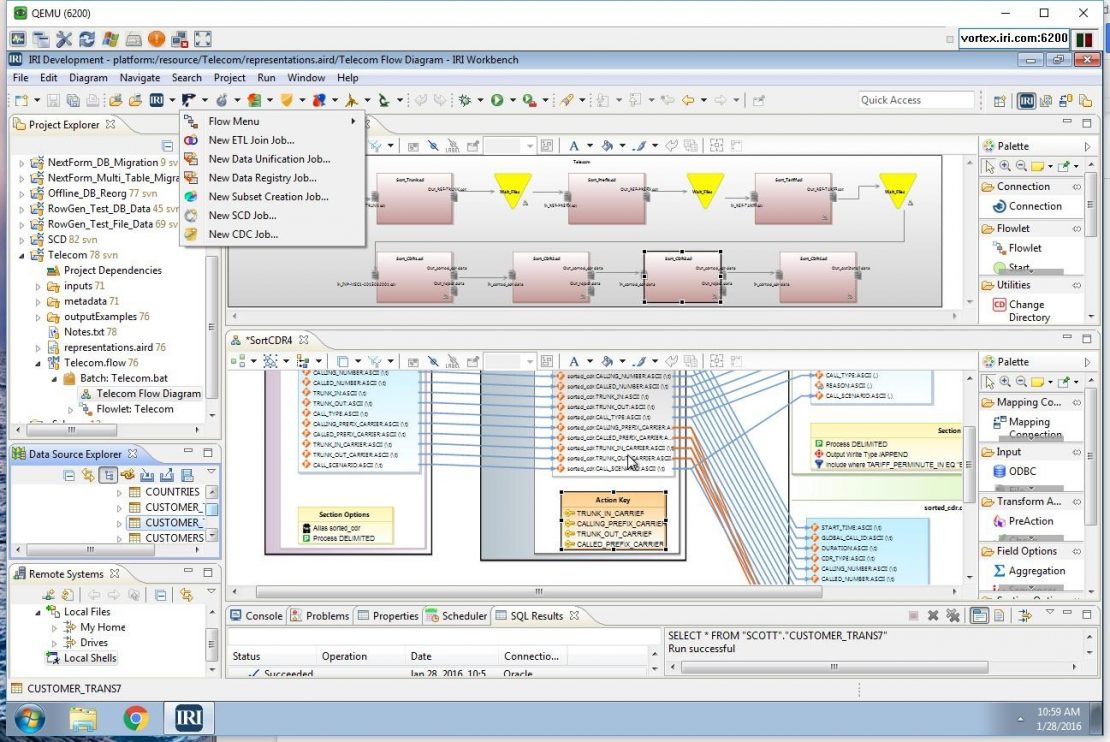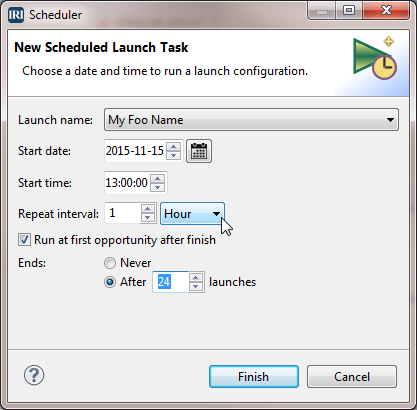 Test Data
Test Data
Using the RowGen Test Data Job Wizard
Unlike the New DB Test Data Job wizard for creating multiple, related test tables, the New Test Data Job wizard in the IRI Workbench GUI for RowGen generates individual test sets. Read More








